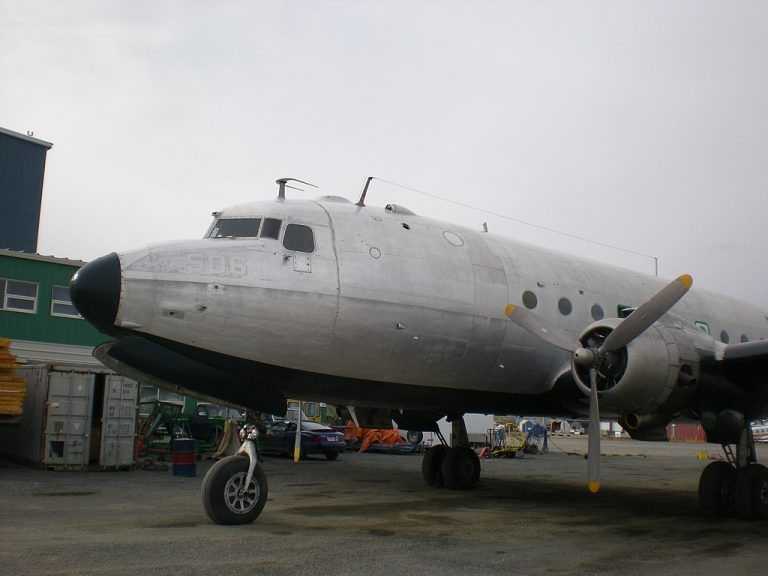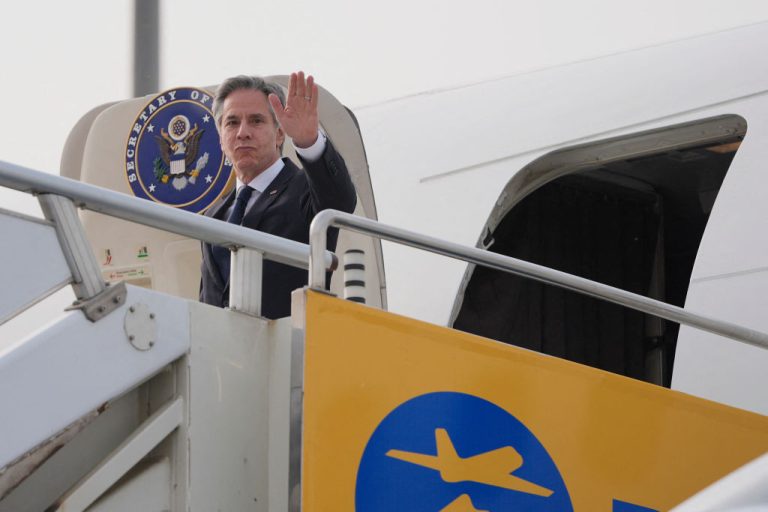For the first time in Canadian history an entire capital city has been ordered to evacuate due to wildfires. More than 200 wildfires burning in the Northwest Territories prompted the evacuation of at least 20,000 people this week as the fires inch closer and closer to the territorial capital, Yellowknife.
Residents had until noon on Friday, August 18 to evacuate either by the single highway in and out of the city or by flights provided by the Canadian military.
Many evacuees packed up their vehicles and began a harrowing 1,500 kilometer (932 mile) journey south, sometimes through smoke and flames, to the nearest urban area, Edmonton Alberta.
Those without the means to escape via a vehicle, rushed to the local airport in the hopes of catching a flight out of the disaster area via flights provided by the Canadian military.
The Canadian Broadcasting Corporation (CBC), Canada’s state-funded media, is reporting that so far, 1,537 people were evacuated by air ahead of the deadline however a government spokesperson said that not enough people have presented themselves for evacuation.
Success
You are now signed up for our newsletter
Success
Check your email to complete sign up
Nearly two dozen more flights are scheduled for August 18, that can accommodate an additional 1,800 people and more flights have been added for Saturday, August 19.
Shane Thompson, the minister of municipal and community affairs for the Northwest Territories told the CBC, “With the military aircrafts, we will have everyone registered to go. We will continue to operate until we get everybody out who wants to fly out.”
After a slow start to the evacuations on Thursday, Yellowknife Mayor, Rebecca Alty, said things are starting to move more smoothly and warned residents not to try to escape to nearby islands in Great Slave Lake.
“Please do not do that. Come for a flight today. Yesterday was frustrating, but please come. I know it’s difficult to leave our homes, your valuables, your memories, but you are the most important,” she said.
A dangerous journey
A number of evacuees have taken to X, formerly known as Twitter, to document their escape.
“It took my sister 5 hours to drive from Yellowknife to Behchoko tonight (normally 1 hour). The last 50km they followed a pilot vehicle,” one X user posted with a video depicting a smoke filled two lane highway with a wildfire burning by its side.
In more dramatic footage, a highway is blocked off by authorities as a wildfire rages. The sky is thick with smoke and flames burn uncontrollably.
“Let’s send our prayers and positive thoughts to everyone who is being forced to evacuate because of the wildfires,” the user posted.
Vehicles were lined up bumper to bumper as thousands fled the city, heading south to the province of Alberta or further west to the province of British Columbia.
Professional city planner, Brent Toderian, posted images to X, showing smoke filled skies and slow moving highways.
Communities open their doors
Meanwhile, a number of Canadian communities are preparing for an influx of thousands of evacuees.
Authorities with the city of Calgary, located in Alberta, says it is prepared to accommodate upwards of 5,000 evacuees.
“We are prepared to welcome 5,000 evacuees and have capacity to expand depending on demand,” reads an official communication from Calgary’s mayor, Jyoti Gondek.
The city says five flights of evacuees have already landed in the city and that authorities are prepared to provide “hotel rooms, food & mental health supports,” for the evacuees.
In addition, reception areas for evacuees have been set up in the communities of Fox Creek, Lac la Biche, Red Deer, Valleyview, Whitecourt, Fort Vermillion and Alberta’s capital, Edmonton.
Evacuees are being told not to attempt to escape to the communities of Leduc, Fort McMurray, St. Albert or Grande Prairie as their reception centers are at full capacity.
Also, the province of Alberta has opened up all its campgrounds at no cost to evacuees.
Indigenous communities hardest hit
Canada’s Indigenous communities have suffered the most from the wildfires, with numerous small communities, outside the capital Yellowknife, under evacuation orders.
The Canadian Press is reporting that Alberta Indigenous Relations and Indigenous Services Canada (ISC) are collaborating closely with the Alberta Emergency Management Agency to coordinate with the NWT to ensure support is provided in a “seamless way across jurisdictions.”
The Kátł’odeeche First Nation as well as the First Nations communities of Ndilo and Dettah are all under evacuation orders. Other communities evacuated include Salt River First Nation, Fort Smith, Enterprise, and Jean Marie River.
Sheila Moerkoert of the Grande Prairie Friendship Centre told The Canadian Press that Friendship centers “always seem to be one of those main points of contact, especially for our Indigenous communities that are going through these evacuations.”
“There’s so many familiar faces. Family and friends. This has been something really near and dear to my heart. I just want to, during such a hard time, be able to help everyone,” she said.
Moerkoert’s community of Fort Resolution, so far, has not been told to evacuate however, she may be forced to as, according to social media posts, her community has been cut off from food deliveries.
Many of the Indigenous evacuees are finding shelter in Grande Prairie and High Level, Alberta, a haven for Indigenous residents.
Moerkoert, volunteering at a Friendship Center, said that the first batch of evacuees she served meals too were grateful and full of appreciation.
“They were so grateful just to have that home-cooked meal. So many of them after having eaten came up and just said, ‘Thank you so much. We appreciate all of your help. The food was delicious.’ They were so appreciative of us coming and delivering the food.”

















